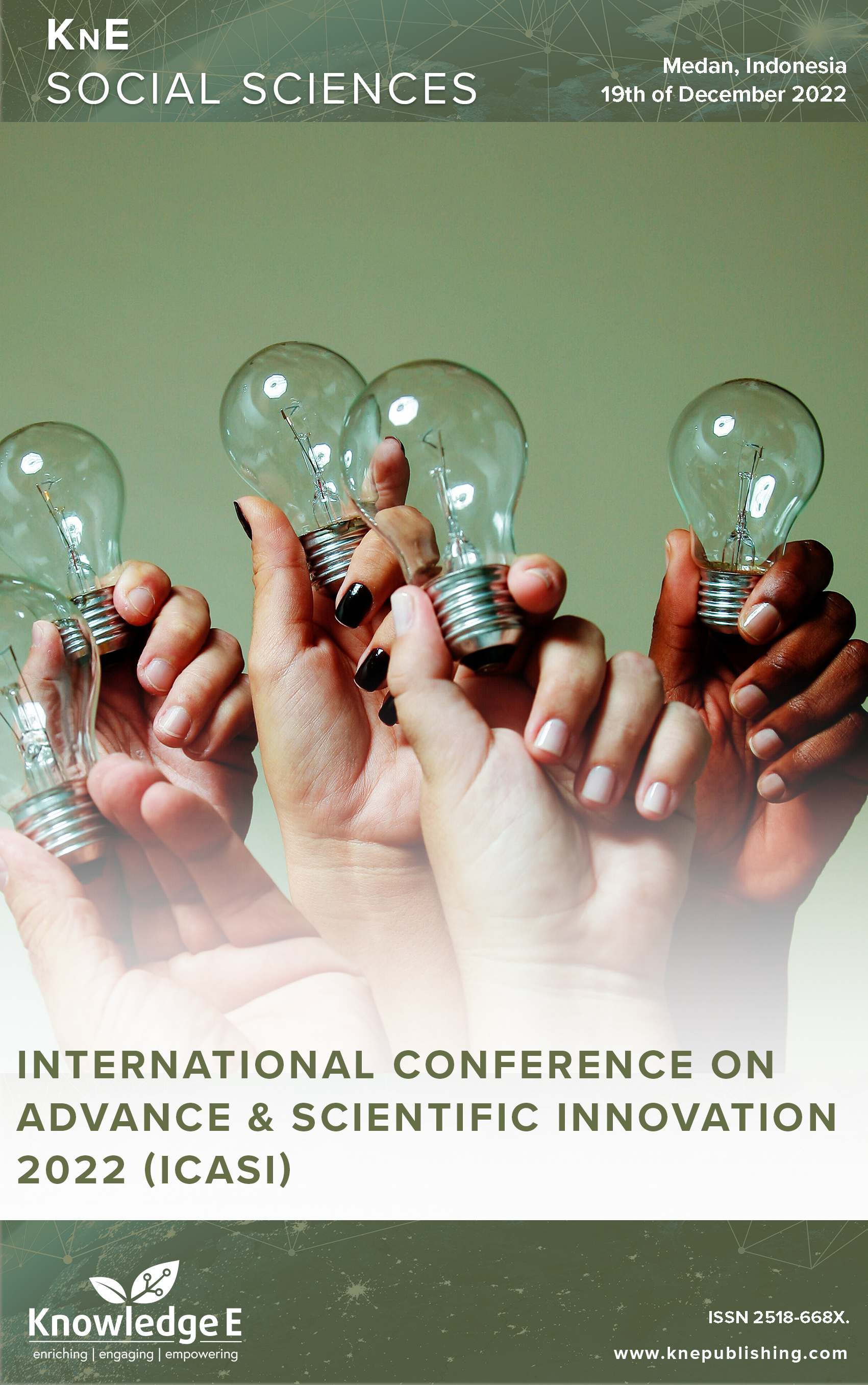A Description of Community-Based Total Sanitation (CBTS) Pillar 1 Facilities in the Working Area of Abeli Public Health Center in 2019 -- 2022
DOI:
https://doi.org/10.18502/kss.v8i9.13336Abstract
Community-Based Total Sanitation (CBTS) is a widely applied program to encourage behavioral change to end open defecation in rural areas. Based on data from the Southeast Sulawesi Provincial Health Office, the percentage of people with diarrhoea was 32,851 (45.47%) in 2019, and 21,246 sufferers (29.90%) in 2020. The CBTS national program created by the Ministry of Health of the Republic of Indonesia aimed to improve basic sanitation. Every individual and community had access to basic sanitation facilities. A Semi-Permanent Healthy Latrine (SPHL) is a latrine that meets the five requirements of a healthy lavatory and is self-built using building materials owned by the community. This study discovered that semi-permanent latrine users have increased over the last three years. There were no semi-permanent latrine users in 2019, but this increased to 2,953 users in 2021 in Lapulu Village. Permanent latrine users have also increased from 2019 to 2020 by 16,705 users. Then, it decreased by 13,674 users in 2021.
Keywords: Facilities, CBTS, Latrines
References
[2] Wirdawati W, Komala Dewi RR. Faktor-Faktor yang Berhubungan dengan Kepemilikan Jamban Sehat di Desa Penyak Lalang Kabupaten Sintang. J. Kesehat. Masy. Indones. 2021;16(3):177.
[3] Juliansyah E, Haryanti Y, Masan L. Faktor yang Berhubungan degan Pencegahan Penyakit Diare pada Balita di Puskesmas Tempunak Kabupaten Sintang. Gorontal J. Public Health. 2021;4(2):78–89.
[4] Arisanto ZP, Tosepu R, Karimuna SR, Zainuddin A, Yasnani N, Nurmaladewi N. The Correlation Between Housing Sanitation And Existence Of Vectors In Kendari Sub Districts, Indonesia. Public Health of Indonesia. 2019;5(2):48–53.
[5] WHO. Diarrhoeal Disease https://www.who.int/Health-Topics/Diarrhoea#Tab=Tab_2
[6] Abidin A. Implementasi Kebijakan Program Gerakan Sanitasi Total Berbasis Masyarakat (Stbm) Pilar 1 Dalam Pengendalian Lingkungan Masyarakat di Indonesia. Cerdika: Jurnal Ilmiah Indonesia. 2021;1(2):64–71.
[7] Kemenkes Ri., “Profil Kesehatan Indonesia Tahun 2020,” 2021. .
[8] Dinkes Provinsi Sultra. “Profil Kesehatan Sulawesi Tenggara Tahun 2020. Kendari,” 2021.
[9] Dinkes Kota Kendari, “Profil Kesehatan Kota Kendari Tahun 2020. Kendari.”
[10] Puskesmas Abeli., “Rekapitulasi Kasus Diare Di Uptd Puskesmas Abeli. Kendari.”
[11] Lestari H, Bahar H, Asfian P, Ahmad LO. Environmental Risk Factors In Coastal Area of Wawatu Village, Moramo Sub District, North of South Konawe, Southeast Sulawesi. Public Health of Indonesia. 2017;3(3):107–11.
[12] Miswan, Rosnawati; I Wayan Gargita. I Wayan Gargita, Miswan, and Rosnawati, “Faktor-Faktor yang Mempengaruhi Kepemilikan Jamban Setelah Pemicuan STBM di Desa Pantolobete Wilayah Kerja Puskesmas Lalundu Despot Kecamatan Rio Pakava Kabupaten Donggala,”. J. Kolaboratif Sains. 2020;3(5):223–31.
[13] Dwi Atin Faidah. Gambaran Kepemilikan Jamban Di Desa Pesodongan Kecamatan Kaliwiro Kabupaten Wonosobo Tahun 2020. 2020;6.
[14] Herniwanti A. Edi Sudarto, “Penyuluhan Sanitasi Total Berbasis Masyarakat (STBM) Pilar 1 – Stop Buang Air Besar Sembarangan (BABS) di Kecamatan Bengkalis, Riau. J. Abdidas. 2022;3(3):465-473 [Online]. Available: https://abdidas.org/index.php/abdidas/article/view/254

